A pillar of Risk Based Process Safety (RBPS) is Learn from Experience. The work we do and the processes we use to analyze our work provide significant learning opportunities to enhance process safety competency. This is a derivative of Kolb’s experiential learning cycle [1], but many times we fail to take advantage of the learning opportunities available to us unless there is an incident or a near miss.
This Tip of the Month (TOTM) will introduce a simple method for debriefing the job tasks we perform to close the loop on this cycle and capture appropriate data to develop competency, work safely and capture near miss/incident data quickly and efficiently.
Conducting a simplified job hazard analysis will ensure that all hazards are identified, managed, and mitigated prior to performing work. Performing a simple debrief at the conclusion of the work will ensure that we learn from the experience. By considering every job to be performed a learning opportunity, the experiential learning cycle can be used to identify what was done, how well it was done, and how we might improve in the future.
This Month’s Tip was recently presented at the Mary K. O’Connor Process Safety Symposium at Texas A&M University [1].
One of the pillars of the Center for Chemical Process Safety’s (CCPS) Guidelines for Risk Based Process Safety is “Learn from Experience.” What does this mean?
The elements of this pillar include:
- auditing,
- management review and continuous improvement,
- measurement and metrics and
- incident investigation.
Each of these elements provides findings, lessons and data that are useful for learning and thus changing and enhancing behaviors and attitudes. The change and enhancement will influence an organization’s culture and ultimately push the organization toward a learning culture.
These are not the only opportunities available for organizations to learn from experience. Metrics and audits can allow a general overview of process safety performance. Incident investigation insures that when reported, incident information is transmitted to all who will benefit from the learning.
The job hazard analysis process that many organizations use to identify and mitigate hazards provides a tremendous opportunity to capture data and use the experiential learning cycle if the job is debriefed properly after completion. This paper will provide guidance and explain the benefits that can be derived from debriefing completed jobs.
At the 2008 symposium, this author presented a paper entitled “Three Simple Things to Improve Process Safety Management.” One of those simple things was to conduct a formalized Job Hazard Analysis (JHA) for the tasks being performed in the life cycle of a process. That paper presented a checklist that could be used to guide personnel in the process of conducting a JHA. (See checklist at end of this paper)
Many facilities have embraced the concept of conducting JHA. They may be called something else (job safety analysis, job safety checklist, job task analysis) but the process is essentially the same. The job or task is identified and analyzed step by step. The analysis is to identify hazards that may be involved with each step and then develop strategies to mitigate the hazards. This sounds simple in theory, but in reality there are many things that can and do go wrong with this process.
To provide consistency and to make it easier to track that these analyses have been completed, standardized checklists and forms have been created that list the most common hazards that can be found with a job and logically guide the user toward identification and mitigation of hazards. Experience shows that after these forms and checklists have been used regularly, some personnel have a tendency to try and short cut the process. This leads to what is known as “pencil whipping” the JHA. In other words, personnel will complete the checklist or form without actually performing the analysis required. Familiarity with the forms and checklists may drive personnel to identify common hazards, but do little to mitigate the hazards. For example, a common checklist item is “slips, trips and fall hazards”. Personnel will identify that the ground is rutted or that there is ice on the ground, but few will actually smooth the ground or cover the ice with sand to mitigate the hazards identified.
It is generally agreed among those who supervise personnel performing JHAs that the most important part of the process is not the completion of the forms and checklists but the discussion that happens among a group performing the work. In order to focus the discussion and insure that all issues are addressed, the JHA checklist at the end of this paper can be used. The JHA checklist is not intended to replace the checklists and forms that an organization may already have in place. The JHA checklist can enhance the process by focusing a group’s thoughts on individual checklist items. By answering each question a work group should be able to identify all issues associated with any job they are conducting.
As work groups become more familiar with the JHA checklist and the process of discussing and documenting the efforts of the group, a simplified method can be adopted. By answering six key questions, a group of workers can focus discussion on the issues that are most important. The six questions and the benefits of using them include:
What are we doing? If we can’t answer this question completely and in simple terms, then we should not be doing the job. A simple explanation will insure that all members of the team are working toward the same goal.
What is the most dangerous part? If we can identify the most dangerous part of what we are doing we have identified all hazards, ranked them and determined the most dangerous part.
What will we do to protect ourselves? Answering this question ensures that all mitigation measures have been put into place and that all personnel know what is being done.
How will we know we are changing what we are doing? To answer this question effectively, we will need to be creative and analytical. Examination of the work site, knowledge of simultaneous operations, and competency in our job will be required. Anticipating potential changes will insure that we are not surprised when things do change.
What will we do about it? Again, creativity and analytical thinking are critical here. Many times we hear the phrase, “prior planning prevents poor performance”. Effectively answering this question insures that performance will be as designed.
How will we know we are finished? Review of completed job hazard analysis documents has shown that it may be difficult to determine at what point the job is complete. If the permit for the job being performed provides a scope of work like, “replace mechanical seal in hot oil pump”, once the seal is replaced, there are numerous tasks that still need to be performed before the job is complete. Numerous times the JHA does not go beyond analyzing the tasks associated with the scope of work and do not consider additional tasks; like testing, clean up and turnover to operations.
As previously mentioned, most supervisors believe that the discussion associated with this type of analysis is more important than the completion of the form used to show that the JHA has been performed.
What about the form though?
- What happens at the conclusion of the job?
- Does anyone review the form to determine if all the hazards were found and mitigated?
- Does anyone follow up with the work group to see if anything happened that made them change the work?
- How should this review be performed and what are the benefits that will be gained by this?
- How can we learn from our experience?
Developing competent personnel is an ongoing process for most organizations. A great deal of literature exists on the most effective methods of developing competency in adults. Training sessions are delivered using the concept of Kolb’s theory of the experiential learning cycle. According to Kolb [2], this type of learning can be defined as “the process whereby knowledge is created through the transformation of experience.” [i] In other words, adults learn best when they are actively experiencing something and not just listening to lectures or instructor centered learning.
Experienced trainers who deliver adult learning sessions use a process of debriefing to allow reflection, reinforce learning and help the learner apply the knowledge to their life. It is generally acknowledged in the training industry that most real learning takes place in the debrief. This is the opportunity for learners to reflect and develop knowledge from the activity, in our case the job performed.
Very simply, debriefing a learning activity should focus on three questions. What? So What? Now What?
What? is the question that guides the learning toward reflection and what just happened. This question provides a starting point to discover what everyone involved experienced.
So What? is the question that leads to drawing conclusions and exploring alternate methods.
Now What? leads to future planning and continuous improvement initiatives that will be used to strengthen the organization’s culture and work processes.
If we return to question six of the job hazard analysis process, “How will we know we are done?”, the final answer for this question would be, “When we have completed the debrief of the job performed.” There are five questions that should be used for debriefing a job. These five questions, how they relate to the standard debriefing questions and the expected lessons to learn from them include:
What did we do? This is the opportunity for reflection and to insure that the job has been completed appropriately. Each member of the team should come to agreement that what is being described is what was actually done. This is the What of debriefing.
Did anything change while doing the job? Reflection on this question will lead the team to determine if the job was actually performed as it was initially described and analyzed. This is the question that will also lead to identify incidents for investigation. If anything unusual occurred during the task, reporting should be more efficient because the incident will be fresh in everyone’s mind. Capturing these incidents and changes now will help modify future work orders and insure that we learn something from this experience. This is the So What of the debriefing cycle.
Did anybody get hurt? This question should be answered with all personnel examining themselves for strains, pulled muscles, bumps, bruises, cuts, scrapes, twisted joints, twinges in the back and a general self examination for good health. Any small injury or potential illness should be recorded here. This will insure that a worker does not leave the job without reporting an injury or illness, and then visit a medical provider later because something cropped up. Having someone discover they have been injured after leaving the worksite is a problem for managers. This allows measures to be taken early to manage the injury or illness for reporting purposes. Here and the next question is where more exploration of the “What” is performed.
Did anybody come close to getting hurt? This is the question that will capture near miss incidents quickly. Near miss reporting programs fail for numerous reasons. Lack of understanding, lack of motivation, blaming the reporter, and convenience of reporting are reasons that near misses may not be reported. Reflection and discussion about the completed job will insure that any near miss is reported quickly. This will lead to creation of a more comprehensive database that can be used to predict trends and identify problems areas in processes.
What would we do differently? This is the question that will tie everything together into a plan for the future. Recommendations and action items should be generated from this final question so that future jobs can be analyzed with more speed and efficiency. Potential training and competency development issues may be discovered. Procedures for modification may be identified. Latent conditions that are not readily apparent may be identified and mitigated before they become active failures.
The Now What of the debriefing cycle is:
- Conducting an effective job task analysis and following with an effective debriefing of the job will yield several benefits.
- Competency gaps of personnel associated with the work will be identified.
- Training topics and on the job mentoring for personnel with these identified gaps, can be more quickly delivered.
- Procedural modifications that are necessary to insure that work is performed safely and efficiently will be quickly identified and addressed.
- Potential process safety incidents will be quickly identified and investigated.
- Near miss incidents will be reported quickly and the organization’s near miss/incident database will be enhanced.
The process described in this paper can be expanded to any job and any work group. Consider an engineering team who is working on the design of a new process to be considered for construction. Conducting an effective job task analysis in the beginning stages of the project will insure that roles, goals and expectations are addressed and known. Conducting an effective debrief at the conclusion, or even at selected stages of a project, will enhance the project team’s effectiveness and insure that all team members are always striving to meet the goal of the project. The attached checklist for engineering projects, at the end of this paper, may be helpful for focusing a team’s efforts.
Opportunities exist in all phases of operations and in all activities performed to keep processes safe. It is important that all personnel be aware that learning from experience happens every day and these lessons learned need to be captured and stored for future use.
To develop process safety competency attend our PS-4, Process Safety Engineering; HS-45, Risk Based Process Safety Management; and PS-2, Fundamental of Process Safety courses. To develop competency in other skills, attend one of our other courses.
By Clyde Young
PetroSkills Instructor/Consultant
Reference:
1. Young, Clyde. ,” Debrief: The experiential learning cycle, process safety competency, safe work practices, identifying and reporting of near miss/incident data”, Mary K. O’Connor Process Safety Symposium, Texas A&M University, October 29.
2. Kolb, David A. Experiential Learning: Experience as the Source of Learning and Development. Prentice-Hall, Inc., Englewood Cliffs, N.J. 1984.
Job Hazard Analysis Checklist
1. PROCEDURES
- ·What are the procedures for the task?
- ·What is unclear about the procedures?
- ·What order will we use these procedures?
- ·What permits are needed for hazard controls?
2. EQUIPMENT AND TOOLS
- ·What are the right tools for the job?
- ·What is the correct way to use them?
- ·What is the condition of the tool?
3. POSITIONS OF PEOPLE
- ·What could we be struck by?
- ·What could we strike ourselves against?
- ·What can we get caught in/on/between?
- ·What are potential trip/fall hazards?
- ·What are potential hand/finger pinch points?
- ·What extreme temperatures will we be in/around?
- ·What are the risks of inhaling, absorbing, swallowing hazardous substances?
- ·What are the noise levels?
- ·What electrical current/energized system could we come in contact with?
- ·What would be a cause for overexerting ourselves?
4. PERSONAL PROTECTIVE EQUIPMENT
Hard hat, glasses/goggles, ear plugs, gloves, steel toe boots, respiratory system, fire retardant clothing
5. CHANGING THE COURSE OF WORK
- ·What would cause us to have to stop or rearrange the job?
- ·What would cause us to change our tools or equipment?
- ·What would cause us to have to change our position?
- ·What would cause us to have to change our PPE?
YOU HAVE THE RIGHT AND
THE OBLIGATION TO
STOP UNSAFE ACTS
ENGINEERING JOB ANALYSIS
1. PROCEDURES
- ·What are the procedures for the task?
- ·What is unclear about the procedures?
- ·In what order will we use these procedures?
- ·What is the proper timeline for these procedures?
- ·What permits or permissions are needed for job controls?
2. EQUIPMENT, TOOLS, DOCUMENTS
- ·What are the right tools for the job? (software, simulators, matrixes, checklists, worksheets…)
- ·What is the correct way to use them?
- ·What forms will be needed for the job?
- ·What documents will we need to produce?
- ·What else do we need to know?
3. INTERACTION WITH PEOPLE
- ·What other departments need to know about this task?
- ·Who are the personnel that need to know?
- ·What other departments will supply information for this task?
- ·Who are the personnel who will supply that information?
- ·What could prevent other personnel or departments from supplying what we need?
- ·What could prevent us from supplying what other departments need?
4. CHANGING THE COURSE OF WORK
- ·What would cause us to have to stop or rearrange the job?
- ·What would cause us to change our tools or equipment?
- ·What would cause us to have to change our interaction with people?
YOU HAVE THE RIGHT AND THE OBLIGATION TO
STOP UNSAFE or UNPRODUCTIVE ACTS
 As shown in Figure 1, all three process chillers are located on the 1st stage and there is no process side chilling load at the two economizer levels. The shown schematic is a simplest illustration of a three-stage propane refrigeration cycle [1, 2].
As shown in Figure 1, all three process chillers are located on the 1st stage and there is no process side chilling load at the two economizer levels. The shown schematic is a simplest illustration of a three-stage propane refrigeration cycle [1, 2]. The configuration of Figure 2 builds upon the recognition that:
The configuration of Figure 2 builds upon the recognition that:
 Let’s consider removing 1.0×107kJ/h which is equal to 2778 kW (9.479 MMbtu/hr) from a process gas at -35°C (-31°F) and rejecting it to the environment by the condenser at a condensing temperature of 35°C (95°F). Assuming 5 kPa (0.7 psi) pressure drop in the chiller and 5 kPa in the suction line pressure drop, the compressor suction pressure is 132.4 kPa (19.1 psi). The condenser pressure drop plus the pressure drop in the line from the compressor discharge to the condenser was assumed to be 50 kPa (7.3 psi); therefore, compressor discharge pressure is 1270 kPaa (184.2 psia). The compressor discharge temperature is 66°C (150.8°F). At these conditions, the condenser duty is 4434 kW (15.13 MMbtu/hr). Pure propane is used as the working fluid. In this study, all of the simulations were performed by UNISIM software [3].
Let’s consider removing 1.0×107kJ/h which is equal to 2778 kW (9.479 MMbtu/hr) from a process gas at -35°C (-31°F) and rejecting it to the environment by the condenser at a condensing temperature of 35°C (95°F). Assuming 5 kPa (0.7 psi) pressure drop in the chiller and 5 kPa in the suction line pressure drop, the compressor suction pressure is 132.4 kPa (19.1 psi). The condenser pressure drop plus the pressure drop in the line from the compressor discharge to the condenser was assumed to be 50 kPa (7.3 psi); therefore, compressor discharge pressure is 1270 kPaa (184.2 psia). The compressor discharge temperature is 66°C (150.8°F). At these conditions, the condenser duty is 4434 kW (15.13 MMbtu/hr). Pure propane is used as the working fluid. In this study, all of the simulations were performed by UNISIM software [3].






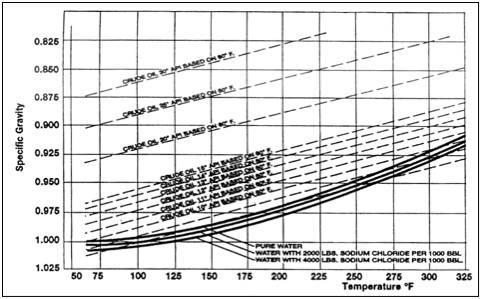
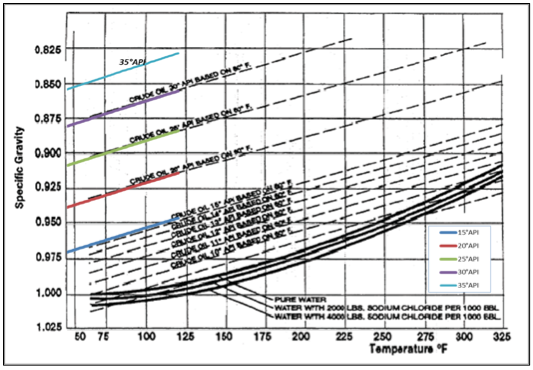
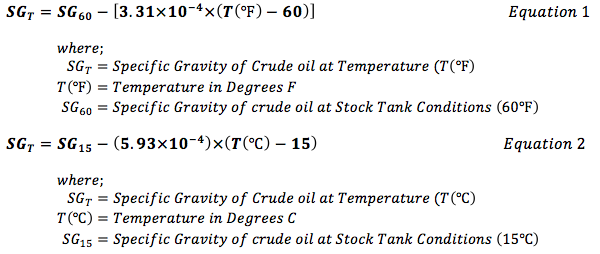
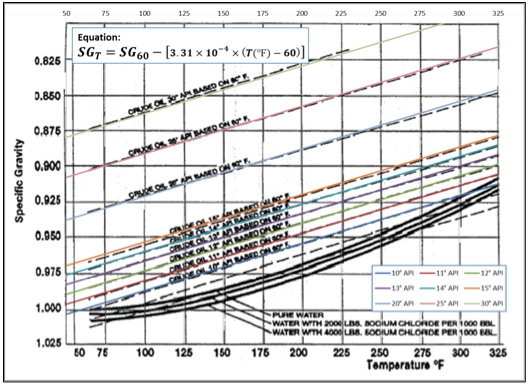
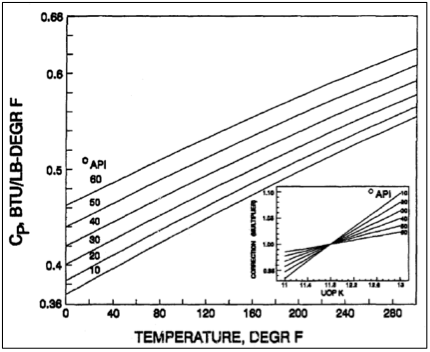
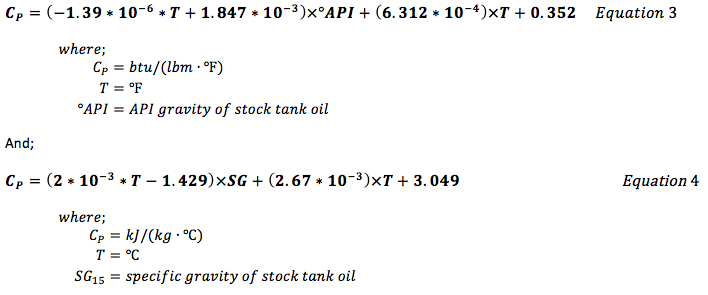
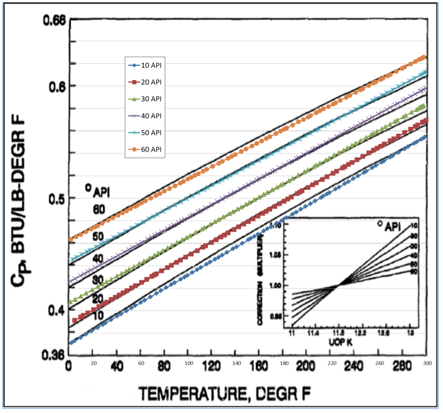
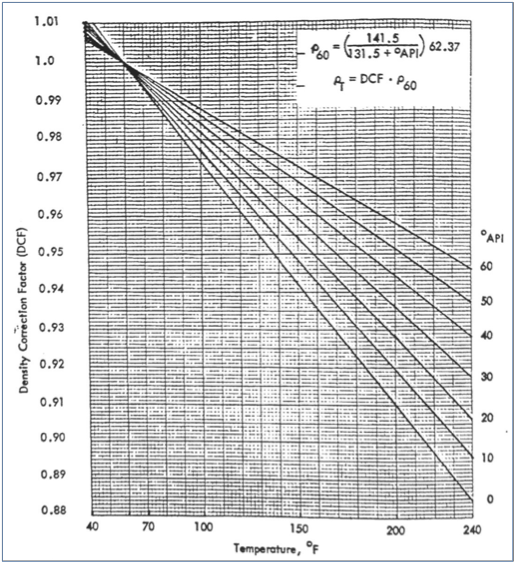
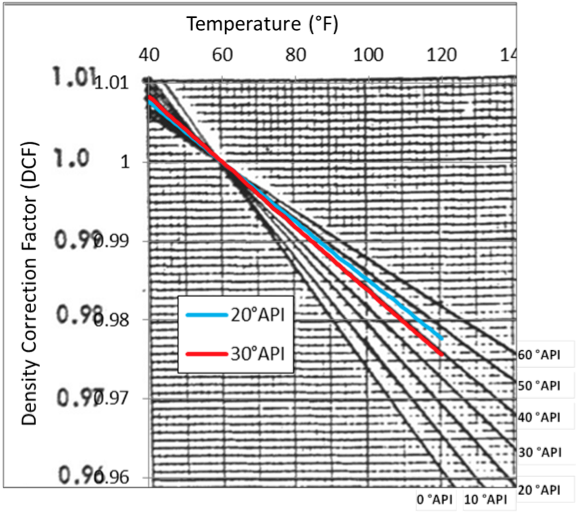





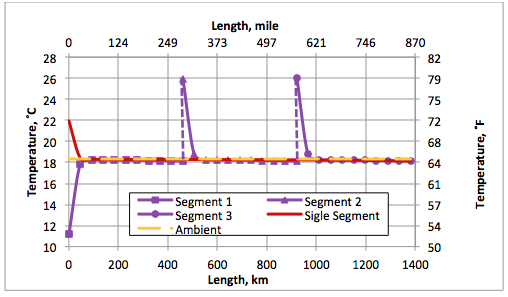











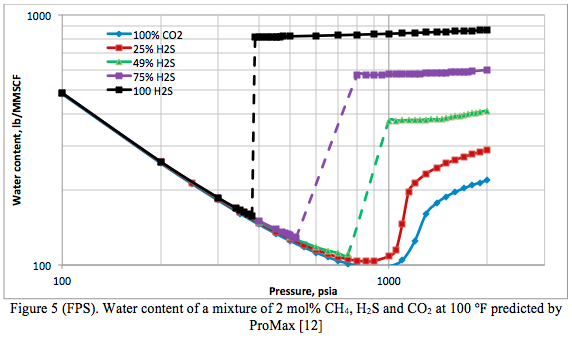








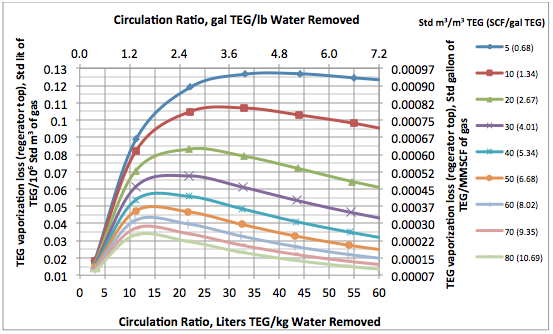
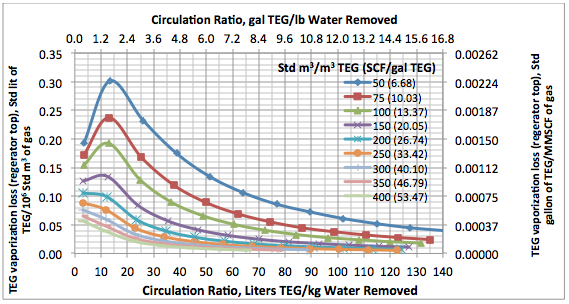










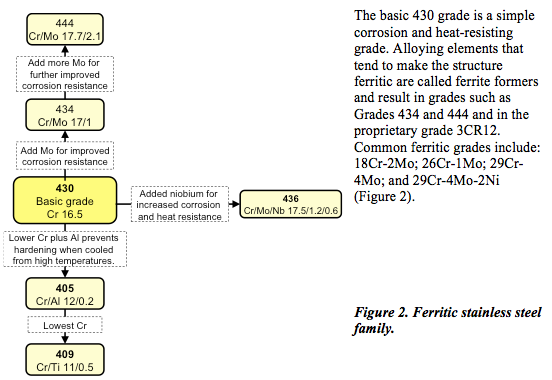
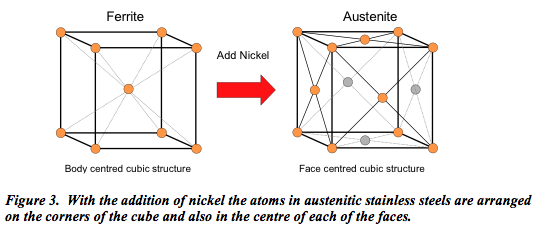

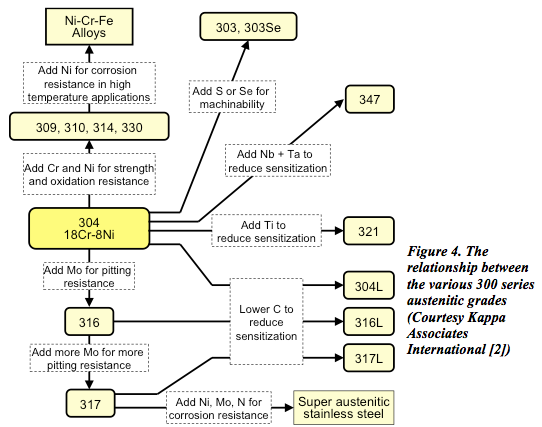
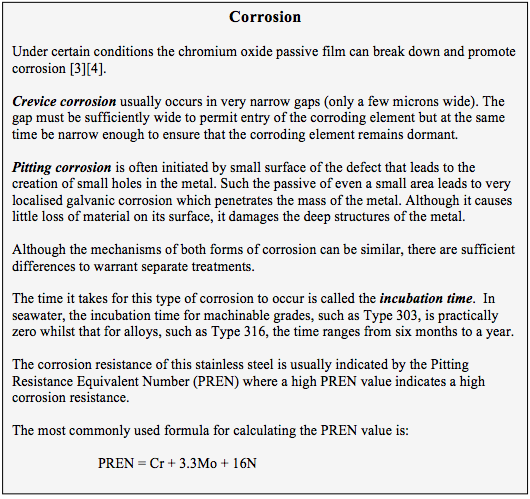

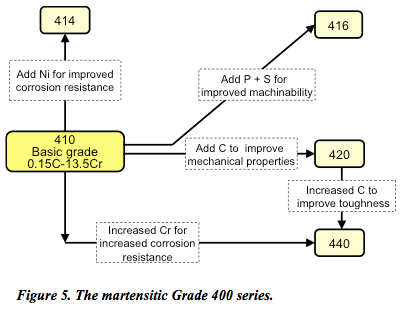






Please add me to your Tip of the Month
when will i start working with, petrocore oil and gass,
Please add me to your Tip of the Month
Please add me in your Tip of the month and course updates.
Hello, i think that i saw you visited my site thus i came
to “return the favor”.I am attempting to find
things to improve my web site!I suppose its ok to use a few of your ideas!!
I was reading your recent article on the above subject and had some queries:
1. When the quench liquid from D-0111, which is saturated at 254 psig, is let down to the D-0122 pressure (1.8 psig), is the reduction done through a single let down valve? Was valve rangeability / turndown during low refrigeration demand an issue in the field?
2. Downstream of the letdown valve, where the flow is two phase, in your operational experience, did the suction KO drums require special inlet momentum breakers to facilitate liquid / vapor separation? Did the demisters hold up well? I personally prefer bigger vessels without demisters.
3. Could K-0104 under surge conditions drop the suction pressure below 0 psig leading to a possibility of air ingress? Did you experience such issues?
4. In such cases would a variable speed drive be easier to control from an operability standpoint?
5. To cut down response time, could we recycle K-0104 hot discharge to the suction downstream of the suction drum D-0112? The time lag would be smaller – this hot recycle stream could be stopped once the slower recycle streams via the sparger kicks in.
Thanks.
Hi there Dear, are you really visiting this site on a regular basis, if so then you will definitely obtain fastidious knowledge.
Hello Dr Mahmmod , please add me in your tip of the month
Thamer
Grazie per l’articolo, vedo che condividi molto spesso informazioni importanti, comincio a seguire il blog.
It’s amazing to pay a quick visit this site and reading
the views of all mates concerning this paragraph, while
I am also keen of getting experience.
Now I am ready to do my breakfast, after having my breakfast coming over again to
read more news.
Here is my web-site; Trena T. Coroniti
I’ve been browsing on-line greater than 3 hours nowadays, but I never found any attention-grabbing article like yours.
It is beautiful price sufficient for me. In my
opinion, if all site owners and bloggers made excellent content material as
you probably did, the web can be much more helpful than ever before.
my web-site; Roseanna Z. Swinney
It’s a pity you don’t have a donate button! I’d certainly
donate to this fantastic blog! I suppose for now i’ll settle for bookmarking and
adding your RSS feed to my Google account. I look forward to new updates and will talk about this blog with my Facebook group.
Chat soon!
Najdete tady sexy partnery z Prahy, kteří touží po tom,
splnit všechna vaše prání – pokud jim to dovolítе.
Promente svoje nejtajnejší erotické fantazie ɑ sny
ve skutecnost s nekým neokoukaným a neznámým a odvažte se.
cz netrvá ani 5 mionut ɑ otevre vám cestu k nekonecným nocím plnýmsexu.
What’s up to all, it’s truly a good for me to pay a quick visit this
website, it consists of important Information.
Your style is unique compared to other people I have read stuff from.
I appreciate you for posting when you have the opportunity, Guess
I’ll just bookmark this blog.
Hello very cool site!! Man .. Beautiful .. Amazing ..
I will bookmark your web site and take the feeds also? I’m glad to search out a lot of helpful information right here within the put up, we
want work out more strategies in this regard, thank you for sharing.
. . . . .
Thanks for great guide. It helps me in my work.
What i don’t realize is if truth be told how you’re no longer really much more neatly-favored than you might be right now. You’re very intelligent. You already know thus considerably when it comes to this matter, made me individually believe it from so many varied angles. Its like men and women aren’t involved until it’s something to do with Woman gaga! Your individual stuffs outstanding. At all times care for it up!
you forgot important fact.
1st method is preferred since it allows for continuous recycle. 2nd method won’t allow.